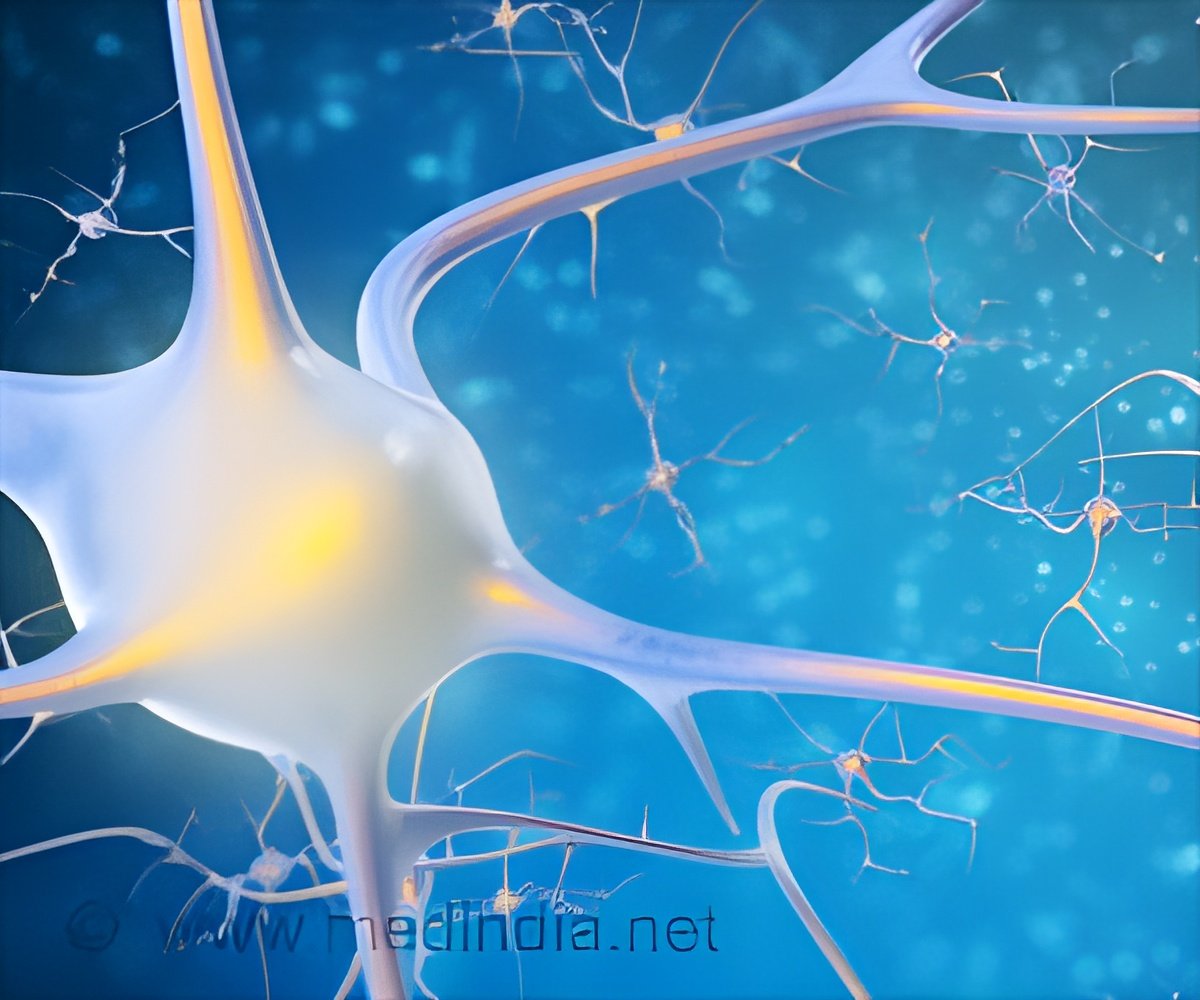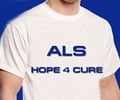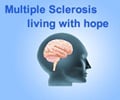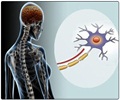The understanding of why cells in the brain and spinal cord degenerate in amyotrophic lateral sclerosis (ALS and Lou Gehrig's disease) has been broadened in a new study.

Now, scientists have discovered a second faulty gene -- a new loafing worker -- in the same recycling pathway. The finding is reported in Archives of Neurology.
"Now that we have two bad players, it shines more light on this broken pathway," said senior author Teepu Siddique, M.D., the Les Turner ALS Foundation/Herbert C. Wenske Professor of the Davee Department of Neurology and Clinical Neurosciences at Northwestern's Feinberg School and a neurologist at Northwestern Memorial Hospital. "This gives us a clear target to develop drug therapies to try to fix this problem. It strengthens our belief that this broken system is at the heart of ALS."
The new "bad player" is called sequestosome1. The previously identified mutated gene is ubiquilin2. Because these two genes aren't doing their jobs to recycle damaged proteins, those proteins – as well as sequestosome1 and ubiquilin2 -- accumulate abnormally in the motor neurons in the spinal cord and cortical and hippocampal neurons in the brain. The protein accumulations resemble twisted skeins of yarn -- characteristic of ALS -- and cause the degeneration of the neurons.
In the new study, sequestosome1 genetic mutations were identified in 546 ALS patients; 340 with an inherited form of the disease, called familial, and 206 with a non-inherited form of the disease, called sporadic.
About 90 percent of ALS is sporadic and 10 percent is familial. To date, mutations in about 10 genes, several of which were discovered at Northwestern, including SOD1 and ALSIN, account for about 30 percent of classic familial ALS, noted Faisal Fecto, M.D., study lead author and a PhD candidate in neuroscience at Feinberg.
Advertisement
The discovery of the breakdown in protein recycling may also have a wider role in other neurodegenerative diseases, particularly the dementias. These include Alzheimer's disease and frontotemporal dementia as well as Parkinson's disease, all of which are characterized by aggregations of proteins, Siddique said. The removal of damaged or misfolded proteins is critical for optimal cell functioning, he noted.
Advertisement
Source-Eurekalert








